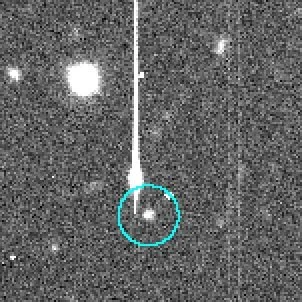Setebos
Setebos was discovered on July 18, 1999, by astronomers using the Canada-France-Hawaii Telescope. This moon draws its name from the god Setebos, a deity featured in the William Shakespeare work “The Tempest”. Setebos belongs to the category of irregular moons, which are characterized by their irregular shapes and distant, inclined orbits around Uranus. While specific details regarding Setebos's size, mass, and surface properties are relatively limited, it is generally considered relatively small compared to Uranus's major moons. Notably, Setebos follows a highly inclined retrograde orbit, meaning it orbits Uranus in the opposite direction of the planet's rotation. Scientific exploration of Setebos has primarily relied on ground-based telescopes. Regarding its composition and origin, Setebos, like other moons within the Uranian system, is believed to be predominantly composed of water ice and rocky material. The prevailing hypothesis suggests that moons like Setebos may have been captured from more distant regions. Setebos is part of a group of irregular moons of Uranus, sharing its irregular shape and retrograde orbit with other moons like Prospero, Caliban, and Sycorax.

